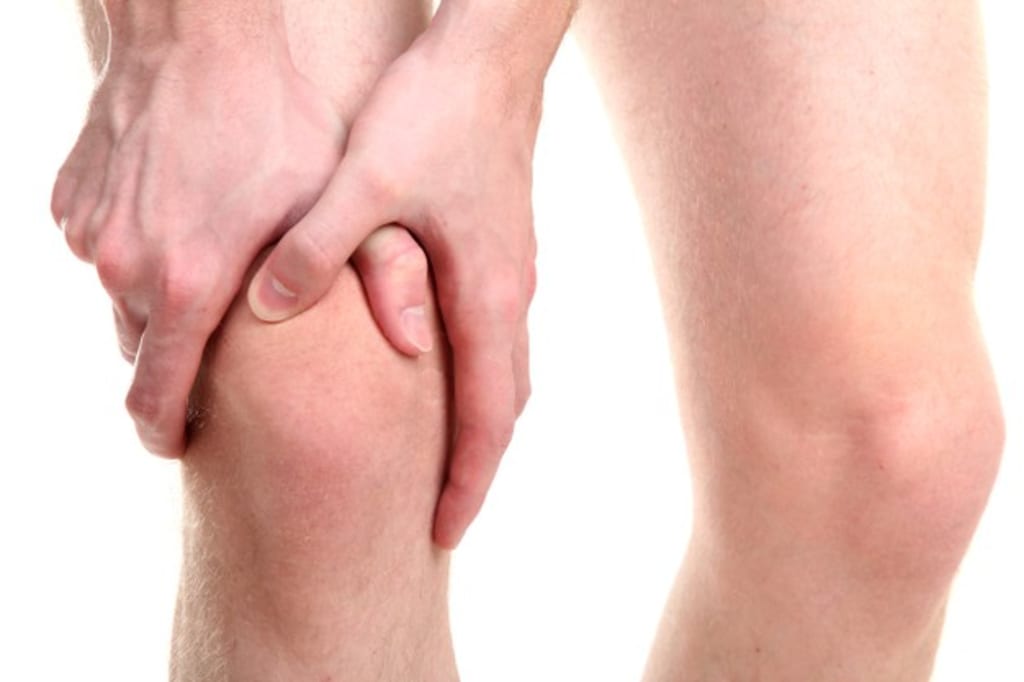A Look at Diabetic Footwear and how they work
diabetic footwear

The term "diabetic" refers to people who have been diagnosed with diabetes, a chronic and recurring disease characterized by an imbalance of the body's sugar levels. It is estimated that nearly 25 percent of Americans today suffer from diabetes, making it the number one chronic illness in America. Diabetes is a medical condition that requires a great deal of care and attention, which is why it is critical that you select the diabetic footwear that is right for your feet. Diabetic foot problems come in many forms, but all can be addressed through the proper footwear and appropriate diabetic care.
Many diabetics make the mistake of assuming that their feet are fine when they leave the doctor's office; in actuality, their feet are far from fine. In fact, because so many parts of the body rely on circulation to function properly, having poor circulation in the feet puts the rest of the body at risk. This means that diabetic footwear that does not fit correctly or does not offer adequate cushioning may actually contribute to diabetic foot problems. In order to protect your feet, you need to wear socks that are made specifically for diabetic feet. It is also important to learn how to properly care for your diabetic foot, so that you may minimize complications and increase your overall comfort and health.

Diabetic Footwear and Its Variations
Many types of diabetic footwear are available in the market. People with diabetes are usually encouraged to have a foot examination at least once a year. This is the time when your physician can evaluate your condition and make any necessary changes to your diabetic footwear. Your feet are most susceptible to developing problems such as dry skin, nail infection and thick toenails if you are diabetic. You will need to change your diabetic shoes every few months as your feet swell and dry. It is also advised that diabetic patients wear socks to absorb sweat and prevent skin infections.
A diabetic footwear review can help you learn about the different types of diabetic footwear on the market and their features. Most manufacturers of diabetic footwear provide a wide variety of options to help diabetics achieve optimum comfort. They include both boots and sandals to meet the needs of any type of foot.
Get the full information about : Charcot neuroarthropathy
Another common type of diabetic footwear includes boots. Although diabetic patients can use tennis shoes without any problems, it is not advisable to use these for extended periods as it may cause excessive arch tension that can worsen the condition. For diabetic patients who have foot orthotics fitted at the beginning of their diabetic foot care regimen, the choice of shoe can be made easier. The purpose of this orthotic is to provide maximum comfort to the diabetic foot and to prevent the emergence of various foot ailments such as blisters and calluses.
Diabetic foot care does not end with choosing the right shoe. The choice of socks is equally important and an extremely crucial part of diabetic footwear. Socks designed for diabetic patients should contain moisture-wicking qualities to keep the feet dry at all times. Also, it is important to choose socks that are comfortable and at the same time allow air to flow to the feet. The last thing you want while wearing diabetic footwear is to feel hot and sweaty because of a stuck pair of socks.
There are many different kinds of diabetic footwear available, ranging from diabetic shoes to diabetic boots and diabetic sandals. Regardless of the type of shoe you decide on, you need to make sure that it provides ample cushioning, ankle support, arch support, and proper foot care. Proper foot care includes using moisturisers and foot creams to keep your feet healthy, as well as having your feet cleaned and inspected on a regular basis. If you are diabetic, you know how important it is to monitor your blood glucose levels properly and frequently. Regular check-ups can help to lower your risk for diabetic complications and keep your feet healthy.
About the Creator
ler magazine
Welcome to Lower Extremity Review or LER. This long awaited magazine fills the lower extremity information gap for practitioners in the fields of Podiatry, Physical Therapy, O&P Pedorthics, and Orthopedics.
Enjoyed the story? Support the Creator.
Subscribe for free to receive all their stories in your feed. You could also pledge your support or give them a one-off tip, letting them know you appreciate their work.






Comments
There are no comments for this story
Be the first to respond and start the conversation.